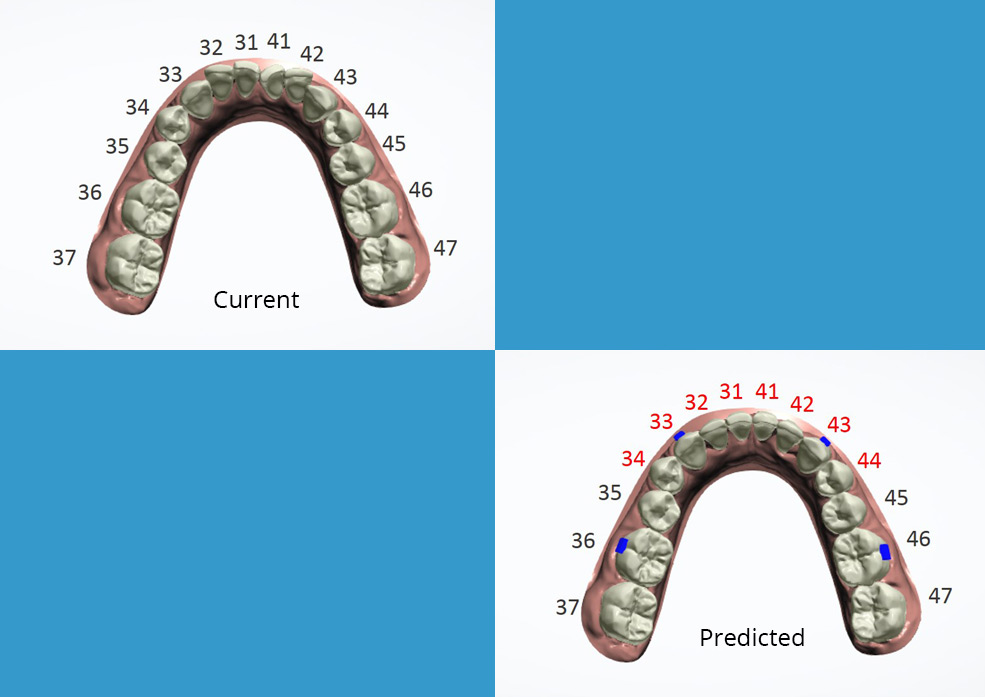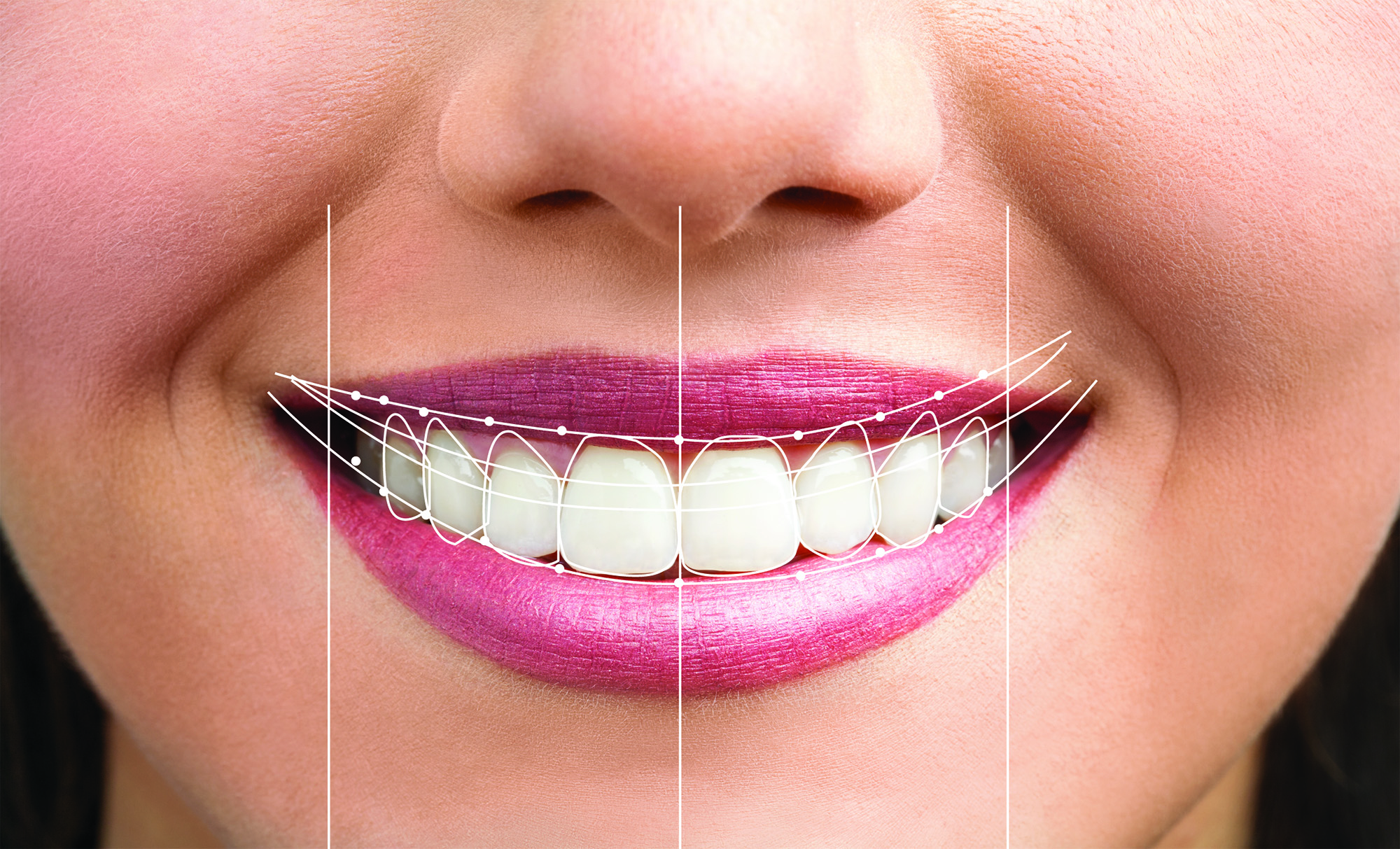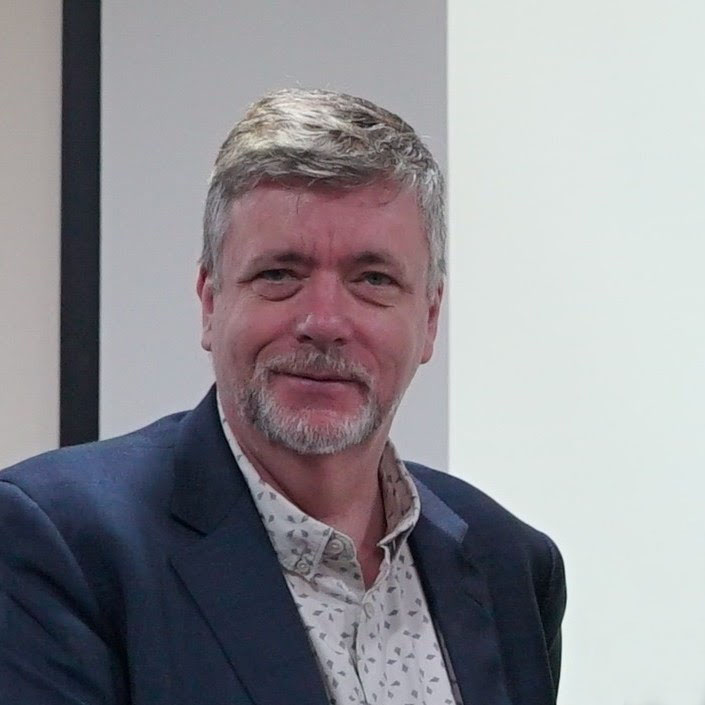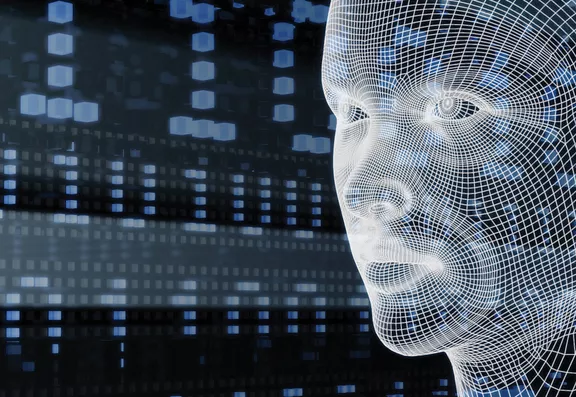Digital Dentistry
The Diploma in Digital Dentistry technology has become an essential diagnostic and treatment planning aid which extends into prosthesis fabrication. This programme explains how you can best utilise and incorporate these now established technologies into your areas of advanced practice be it restorative, implant or orthodontic to deliver consistency of quality so improving patient...
The Diploma in Digital Dentistry technology has become an essential diagnostic and treatment planning aid which extends into prosthesis fabrication. This programme explains how you can best utilise and incorporate these now established technologies into your areas of advanced practice be it restorative, implant or orthodontic to deliver consistency of quality so improving patient experience.

Course Outline
Course Structure Term 1
 This module is designed to develop evidence-based knowledge with regard to patient selection as well to instil the practical skills required to recognise and provide advanced level treatment modalities and risk assessment.
This module is designed to develop evidence-based knowledge with regard to patient selection as well to instil the practical skills required to recognise and provide advanced level treatment modalities and risk assessment.
Realistically it is not possible to prevent all complications so management strategies are essential. As a natural progression from these issues the module wil explore the ethical issues of informed consent and managment of patient expectations. The module develops communication skills, organisation and planning, problem solving, treatment planning, risk assessment, ethical responsibility and consent.
Aim
To highlight potential complications in oral surgery and for students to be able to develop risk assessment strategies to avoid and minimise complications.
Course Structure Term 2
 This technical module is designed to deliver practical training in the selection and application of dental digital technology to the practice of dentistry and includes classroom and laboratory work. Students will attend formal lectures incorporating discussion and interactive group learning activities and problem-based learning. Individual software learning will be delivered through online tutorials and exercises designed to develop competency and familiarity with the various applications. Laboratory sessions at the school's digital laboratory will introduce students to the hardware and various manufacturing processes used to fabricate components and appliances.
This technical module is designed to deliver practical training in the selection and application of dental digital technology to the practice of dentistry and includes classroom and laboratory work. Students will attend formal lectures incorporating discussion and interactive group learning activities and problem-based learning. Individual software learning will be delivered through online tutorials and exercises designed to develop competency and familiarity with the various applications. Laboratory sessions at the school's digital laboratory will introduce students to the hardware and various manufacturing processes used to fabricate components and appliances.
Aim
Students will acquire the practical skills required to use digital dentistry, and learn how to apply them to clinical cases of increasing complexity.
Course Structure Term 3
 An introduction to the concept of digital smile design and the aesthetic management of dentition through understanding the application of three-dimensional imaging systems and supporting software. You will learn various restorative protocols used in aesthetic makeovers with both their advantages and their limitations. Patient case studies will be critically analysed and treatment planned using the technologies taught within the programme.
An introduction to the concept of digital smile design and the aesthetic management of dentition through understanding the application of three-dimensional imaging systems and supporting software. You will learn various restorative protocols used in aesthetic makeovers with both their advantages and their limitations. Patient case studies will be critically analysed and treatment planned using the technologies taught within the programme.
Patient aesthetic awareness coupled with the development of new orthodontic techniques, Implant and restorative rehabilitation have increased the number of adults seeking advanced dental treatment.
This has increased the likelihood of dentists having to diagnose and treat the occlusion as part of a larger treatment plan.
This term considers the anatomy, aetiology and management of occlusion from an orthodontic and restorative perspective.
The aim of this module is to enable the dentist to effectively diagnose and formulate a treatment plan so that the patient can be treated with a comprehensive multidisciplinary approach. Aim
Aim
This course, when completed, is your initial step to a full Masters degree in the professional practice of Digital Dentistry validated by the University of Bolton
Course Leader
 Professor Stewart Harding
Professor Stewart Harding
Actual implant placements on provided cases will be supervised by Professor Stewart Harding, the course leader and clinical director. He is the Dean of The City of London Dental School and has delivered implant training programmes internationally, helping many dentists to realise their ambition of becoming a skilled implant specialist dental surgeon.


